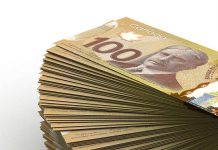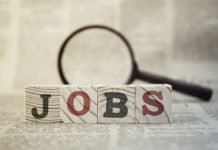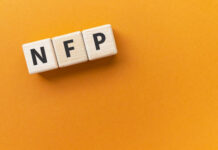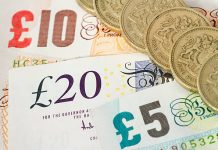Market movers today
Today’s highlight is the US and euro area PMIs. They will be crucial as pointers of the way the global cycle is going over the summer following the US-China trade war escalation. In May, the US PMI manufacturing index for new orders fell to the lowest level since the series was released 10 years ago, sending a clear warning of a recession in the manufacturing sector in the US. We expect a slight further weakening of EA PMI manufacturing, whereas we expect the service sector to still hold up decently.
Today, US existing home sales are released, which should be doing okay on the back of the recent sharp drop in mortgage rates and still very high consumer confidence. Tonight, the Fed’s Mester (voter, hawk) and Brainard (voter, dovish) speak.
Selected market news
Global equity markets had a good day yesterday, with indices rising across the globe. In the US, the Dow Jones index rose 0.9%, the S&P recorded all-time highs and the European Eurostoxx 50 rose 0.4%. The global central banks changing their tune and the upcoming meeting at the G20 between Trump and Xi are all supporting risk sentiment. At the same time, global bond yields continue to fall. The 10Y treasury yield flirted with the 2% psychological threshold as Bund yields fell to -32bp.
As widely expected, Norges Bank (NB) raised policy rates by 25bp, taking the sight deposit rate from 1.00% to 1.25%. The rate path was adjusted marginally upwards at the short end and marginally downwards at the long end. The message is clearly hawkish, as a strong domestic business cycle suggests a further frontloading of monetary tightening despite elevated international uncertainty at present. We expect NB to hike the sight deposit rate again by another 25bp at the 19 September meeting.
The Bank of England meeting was rather uneventful yesterday. The BoE mirrored the recent central bank communication about the increased downside risks, although it noted that the ‘perceived likelihood of no-deal Brexit has risen’. The FX was weaker on an emphasis on downside risks even if the moderate tightening bias was maintained.
The selection of the new UK prime minister after PM May announced she was stepping down has entered the final stage. The c.160,000 members of the Conservative Party will have to vote between the favourite Boris Johnson and Foreign Secretary Jeremy Hunt for who will head the UK as the new PM and lead the UK through the final stage of the Brexit process.
Brent continued higher yesterday, rising more than USD2/barrel. US-Iran tensions are rising after two tankers were hit last week and a drone was shot down in the strategically important Strait of Hormuz to transport oil, amongst other things. Trump tried to downplay the drone incident yesterday.
Talk over the EU top posts ended overnight with an agreement to discuss the matter again next week. As expected, there does not seem to be a consensus for any candidate. This is a set-back to the EPP and Manfred Weber as he has often been mentioned as the frontrunner.
Yesterday, the media reported that the telephone conversation between the US’s Trump and China’s Xi was at the request of Trump, which indicates that he is interested in getting trade talks going again. It raises the odds that the meeting will result in another ceasefire and renewed talks. But China has been very clear that it has ‘red lines’ in the trade talks that Trump will have to accept these to get a deal. Talks could also be complicated by the US attack on Huawei and potential upcoming sanctions related to Xinjiang internment camps that the US is preparing.












